Autumn Gear Guide
Find inspiration in our Gear Guide that will keep you out on your bike through wind or rain.
Download NowAs urban populations grow and sustainability becomes a central focus, the World’s Best Cities list for 2025 highlights cities that are not only thriving economically and culturally, but are also setting the standard for creating living cities—places that prioritize livability, sustainability, accessible transit, and, yes, the humble bicycle. According to the latest Resonance Consultancy report, […]
As urban populations grow and sustainability becomes a central focus, the World’s Best Cities list for 2025 highlights cities that are not only thriving economically and culturally, but are also setting the standard for creating living cities—places that prioritize livability, sustainability, accessible transit, and, yes, the humble bicycle. According to the latest Resonance Consultancy report, these cities stand out for their holistic approach to urban development, combining green spaces, smart infrastructure, and innovative mobility solutions. Here’s a closer look at the top cities on the list and how they’re reshaping their urban landscapes.
Rankings: Lovability (1), Prosperity (2), Livability (3)
London continues to hold the top spot in 2025, thanks to its forward-thinking initiatives in transportation and sustainability. The city is doubling down on green urban spaces and cycling infrastructure. One of the most notable projects is the Camden Highline, a mile-long park inspired by New York’s famous High Line, which reimagines unused railway lines as a public green space. The city is also improving its public transport network with new metro stops on the Elizabeth Line and upgrades to Gatwick Airport, ensuring greater connectivity and reducing congestion.
Investing in Cycling and Transit: London’s investment in cycling infrastructure has been steadily increasing, with dedicated bike lanes and safer routes throughout the city. Its ambitious Low Traffic Neighbourhoods (LTNs) program aims to make more areas pedestrian and cycle-friendly, reducing car dependency and improving air quality.
London’s cycling numbers are on the rise in a big way, as opposed to regions outside the city that haven’t seen similar investment.
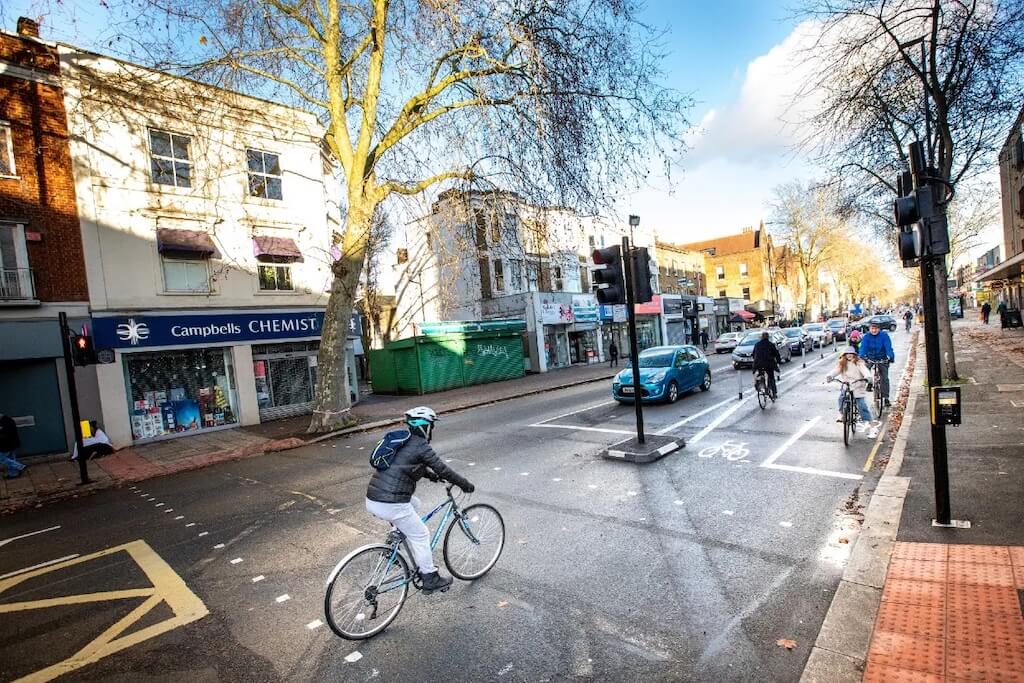
Cycleway9 in London
Rankings: Lovability (3), Prosperity (1), Livability (2)
New York City’s resurgence after the pandemic reflects the city’s resilience and ongoing investments in making urban life more livable. With tourism numbers surging (62.2 million visitors in 2023), NYC continues to prioritize infrastructure improvements, particularly in transport and housing. New terminals at JFK, LaGuardia, and Newark Liberty Airports signal an ongoing commitment to modernizing the city’s gateway.
Investing in Cycling and Transit: The city has made significant strides with its bike-share program, protected bike lanes, and improved public transit options. The Second Avenue Subway, which extends the Q train, adds more capacity to a vital part of the city, while the expansion of bike lanes across neighborhoods is making cycling safer and more accessible. Additionally, New York’s congestion pricing plan could help reduce traffic, creating a more pedestrian- and cyclist-friendly environment if it ever gets implemented.

New York City
Rankings: Lovability (2), Prosperity (3), Livability (1)
Paris has emerged as a global leader in sustainable urban development. The city has dedicated substantial resources to reducing car dependency and making it easier to get around by foot or bike. Paris’s 2024 Summer Olympics underscored its commitment to improving public transport, with the completion of new Métro lines and continued investment in cycling infrastructure.
Investing in Cycling and Transit: Paris is rolling out car-free zones and bike lanes as part of its vision to become one of the world’s most bike-friendly cities. It’s also expanding its public transportation network, with new trams and bus lanes that reduce the need for private cars, while ensuring efficient and equitable mobility for all residents.
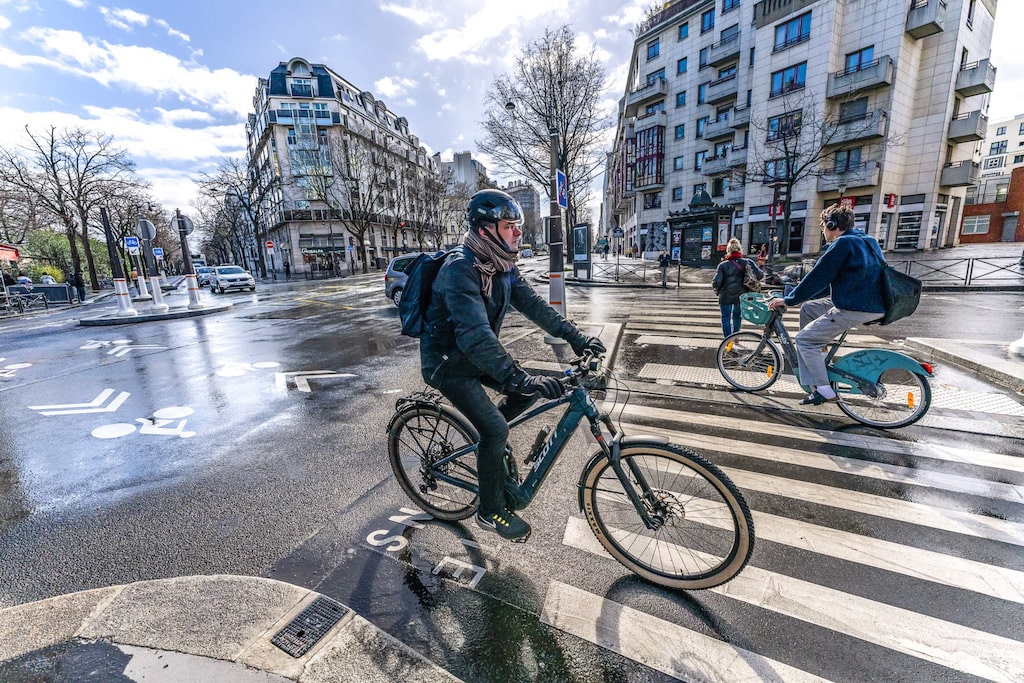
Paris, France
Rankings: Lovability (4), Prosperity (6), Livability (4)
Tokyo is redefining what a modern, sustainable megacity looks like. The Japanese capital is investing in urban regeneration projects, such as the conversion of the Tokyo Expressway into pedestrian-friendly spaces, akin to New York’s High Line. Tokyo’s urban design integrates natural beauty with cutting-edge infrastructure, offering residents and visitors a seamless experience between nature and technology.
Investing in Cycling and Transit: Tokyo’s public transportation system is world-renowned, with extensive train and metro networks that are constantly expanding and improving. The city is also focusing on increasing its cycling infrastructure, with more bike lanes and bike-sharing programs designed to make cycling a safer and more convenient way to get around.

Tokyo bike parking
Rankings: Lovability (10), Prosperity (5), Livability (8)
Singapore has consistently been lauded for its exceptional urban planning and commitment to sustainability. The city-state is transforming its waterfront with projects like the Great Southern Waterfront, which will add thousands of homes and vibrant spaces for its growing population. Additionally, Singapore’s focus on eco-friendly public transport, automated ports, and smart city technologies continues to set it apart.
Investing in Cycling and Transit: Singapore’s public transit system is one of the most efficient in the world, with a growing network of subways and bus routes that are constantly being expanded. The city is also working to become more bike-friendly, with initiatives that encourage cycling for both commuting and recreation, including more dedicated bike lanes and cycling hubs.
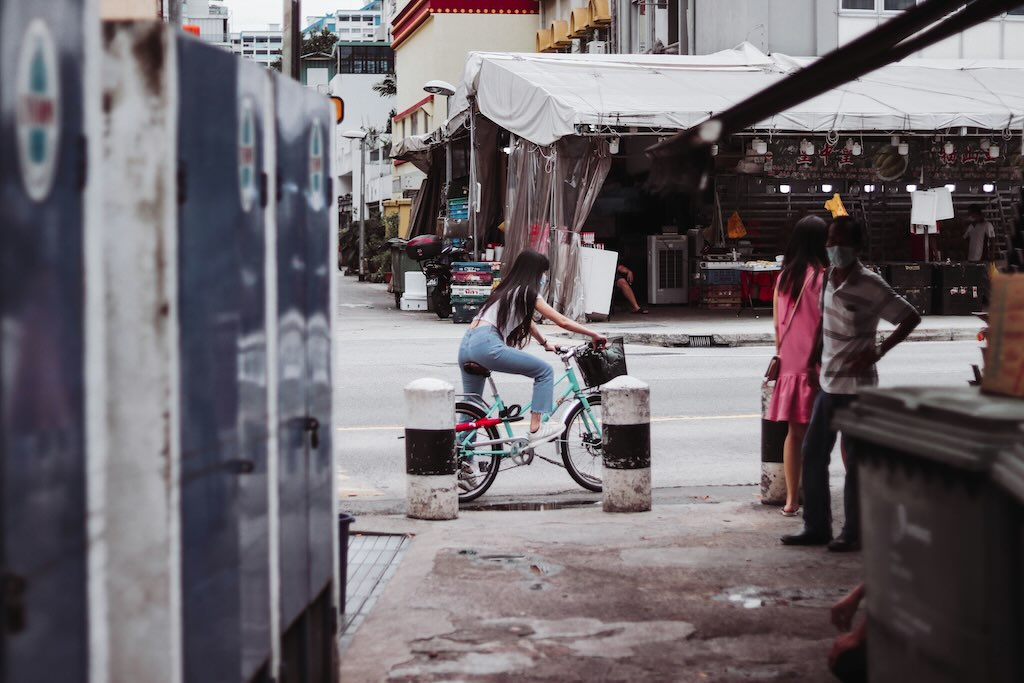
Cycling in Singapore
Rankings: Lovability (5), Prosperity (72), Livability (5)
Rome is blending its rich historical heritage with modern urban planning to become a more sustainable and livable city. The city’s iconic landmarks like the Colosseum and Pantheon continue to draw millions of visitors, but local authorities are also focusing on projects that improve urban life for residents. Investments in green spaces and modernized transport networks are central to Rome’s revitalization.
Investing in Cycling and Transit: Rome is expanding its metro lines and tram networks to make commuting easier and faster. The city has also been steadily adding more bike lanes, with initiatives like bike-sharing programs aimed at reducing traffic and encouraging more sustainable ways of getting around.
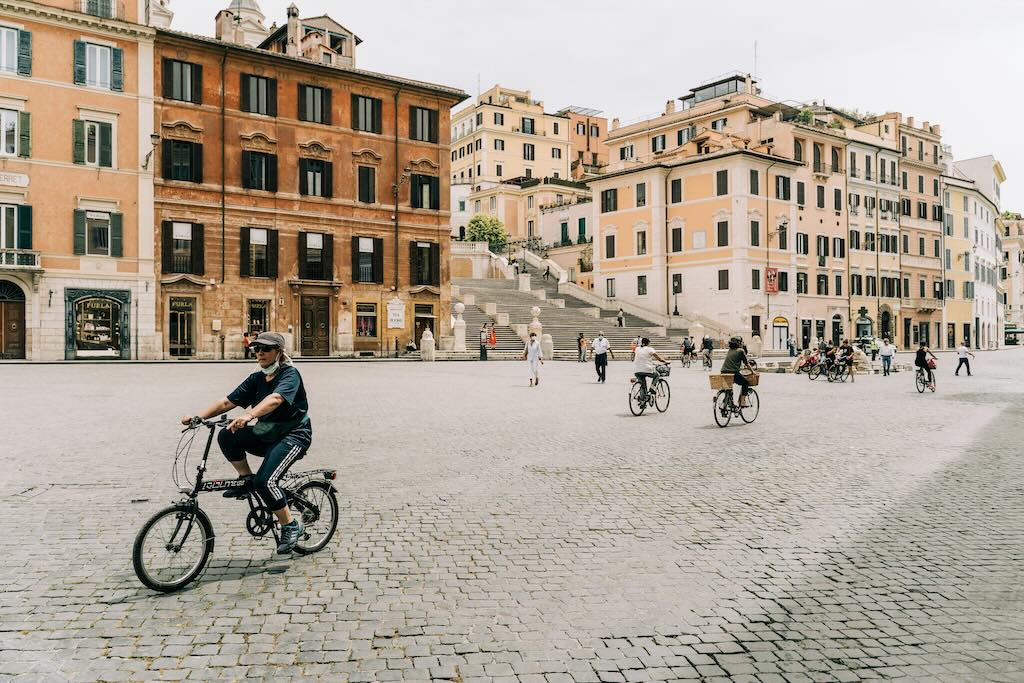
Cycling in Rome
Rankings: Lovability (7), Prosperity (18), Livability (9)
Madrid is leading Europe in sustainable urban development, with ambitious projects that focus on green infrastructureand eco-friendly mobility. The Madrid Nuevo Norte urban regeneration project is set to create a new residential and business district, incorporating more green spaces and better transit options.
Investing in Cycling and Transit: Madrid’s focus on public transportation is reflected in the continued expansion of its metro and bus networks, while the city is also heavily investing in bike lanes and cycling programs. The addition of electric buses and EV charging stations are part of Madrid’s commitment to a greener, more accessible city.
Rankings: Lovability (6), Prosperity (38), Livability (6)
Barcelona is evolving as a model city for urban sustainability and livability. The city’s expansion of pedestrian zonesand bike-friendly streets is part of a broader strategy to reduce pollution and make the city more accessible to all. Moreover, with the Sagrada Familia nearing completion, Barcelona continues to be a major draw for both tourists and residents.
Investing in Cycling and Transit: Barcelona’s bicycle lanes and cycling programs make it easy to explore the city on two wheels. The city is also expanding its public transport system to reduce car dependency, with more bus lanes and bike-sharing stations that are making cycling an increasingly popular option.

Barcelona, Spain
Rankings: Lovability (9), Prosperity (7), Livability (35)
Berlin is a city where history meets innovation, and the future of sustainable urban living is being written. The city has a long-standing commitment to green initiatives and eco-friendly transport, making it one of the most sustainable cities in Europe. Berlin’s extensive public transportation system is constantly being expanded to meet the needs of its growing population.
Investing in Cycling and Transit: Berlin is one of Europe’s best cities for cycling, with over 1,000 kilometers of bike lanes and numerous bike-sharing options. The city is also a leader in electric mobility, with a growing fleet of electric buses and trams that serve its eco-conscious residents. What we love about Berlin is that it is innovative and that the urban cycling community is tireless in their commitment to improvement. It will only get better, as opposed to some North American cities that are actually going backwards. Yes, we are talking about you Toronto, and Ontario.
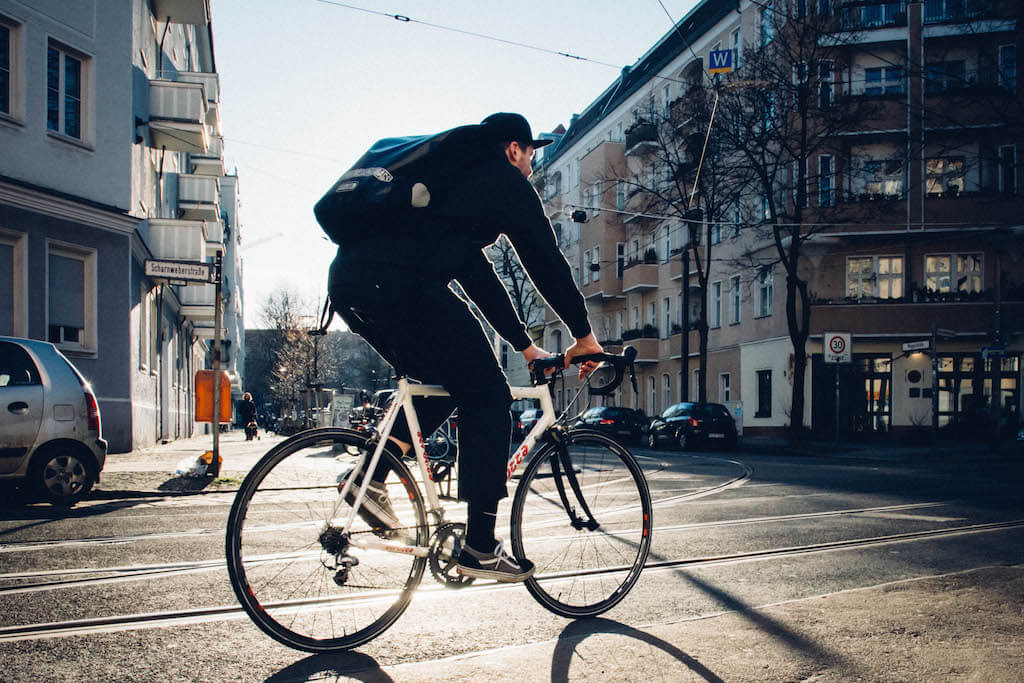
Cyclist in Berlin
Many of the cities leading the 2025 list are all investing heavily in making their urban landscapes more sustainable, livable, and connected. Something any city that wants on the global map needs to consider.
Find inspiration in our Gear Guide that will keep you out on your bike through wind or rain.
Download Now
Leave a comment